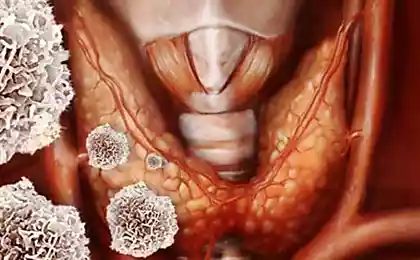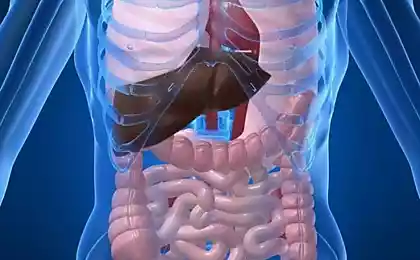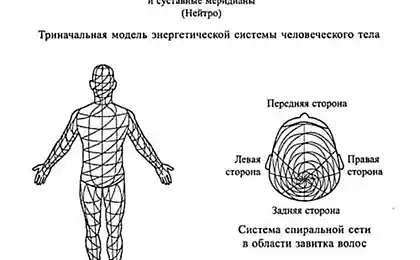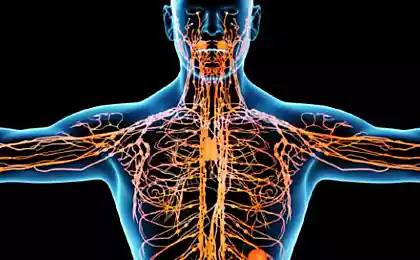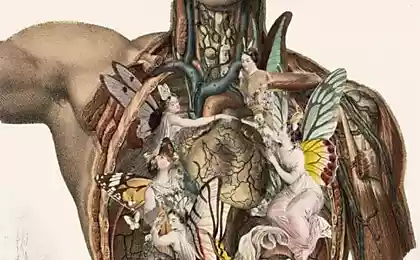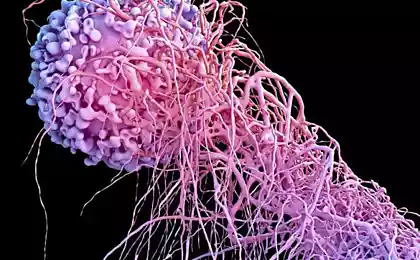238
Hans-Henrich Rekeweg: homotoxicology or stages of slagging of the body

In 1955, the German physician G. G. Rekeweg formulated the theory of homotoxicology (human slagging).
The main thesis of this theory is that diseases are a manifestation of the body's defenses, controlled by the immune system, against external and internal toxins.
Disease is the body’s attempt to compensate for damage caused by exposure to poisons. In his work, G. G. Rekeweg determined, according to the types of tissues, 6 stages of processes occurring in them.
1. Excretion stage.
Physiological isolation of all types of toxins from tissues in the process of metabolism.
This is the stage of elimination of toxins regulated by the body itself.
2. Stage of reaction, or response to the accumulation of toxins pathologically increased isolation of all types of slags from tissues.
At the same time, possible temperature, runny nose, cough, sweat, diarrhea, the outflow of pus, pain, etc.
As well as reactions when excreting and turning toxic poisons into non-toxic through inflammation (redness, compaction, suppuration, autopsy).
3. Stage of accumulation and redistribution of large amounts of slag - easy accumulation of toxins in the form of obesity I degree or, conversely, weight loss I degree, with the formation of new places of accumulation: lipoma, fibroid, atheroma, polyps, hemorrhoids, etc.
At these three stages, the body somehow copes with slagging periodic emissions of toxins, exacerbations and can move from one stage to another - both in the direction of deterioration and improvement.
If a person in these phases does not help his body to cleanse itself of toxins, does not switch to a healthy lifestyle, then the process of accumulation of toxins passes into the following stages, which are characterized by the penetration of toxins into the cell, its destruction.
Then, when slags accumulate, intracellular structures such as enzymes and genes are destroyed. In these stages, hereditary diseases and predispositions to them are more active.
Therefore, a person can be ill all his life mainly by a manifestation of a violation of one type of tissue, and a terrible disease will manifest itself by constitutional or hereditary predisposition.
The first three stages can be defined as tissue slagging, and the subsequent - as cellular.
4. The saturation stage It is manifested by subjective symptoms.
Objective symptoms are few, so general diagnoses are made: vegetative dystonia, migraines, early menopause, metabolic disorders, osteochondrosis of the spine, “fatigue syndrome”, and sometimes such patients are recorded in “simulants”. Therefore, this stage is also called “silent” or “dumb”.
5. Stage of degeneration, destruction.
At this stage, objective manifestations are also weak, but positive results of laboratory studies appear. At this stage, secondary disorders arise: atrophic rhinitis, paresis, optic nerve atrophy, cirrhosis and others.
6. The stage of malignancy.
At this stage, oncological diseases arise and all toxins act in the complex.
In the 4-6th stages, the body is already largely exposed to toxic effects of toxins.
At these stages, the body tries to keep life as long as possible and in the most optimal way possible.
and toxins are removed together with pus through fistulas or metabolic diseases, for example, in diabetes, glucose is excreted.
These biological ways of releasing toxins and accumulating calories for later life consist in placing toxins in the interstitial structure, which is externally manifested by obesity.
With the constant intake of toxins in the body, they are distributed in it in a certain sequence due to the structure of the tissues:
first in its superficial layers (epithelial tissues) - skin, mouth, gastrointestinal tract, gallbladder, liver, pancreas, kidneys, bronchi and lungs, genitals, endocrine glands.
Then in the connective tissues in accordance with their aggregate state:
• liquid substance - blood, lymph, intercellular fluid;
• semi-liquid substance (gel) - vitreous body, interarticular fluid, lens;
• fibrous - cartilage, muscles, bones, etc.;
Ultrafiber (at the cellular level) - reticular mesenchyma.
Proceeding from this, it is recommended to cleanse the body in the same sequence - from superficial organs to internal ones. published
P.S. And remember, just changing our consumption – together we change the world!
Source: www.ecology.md









